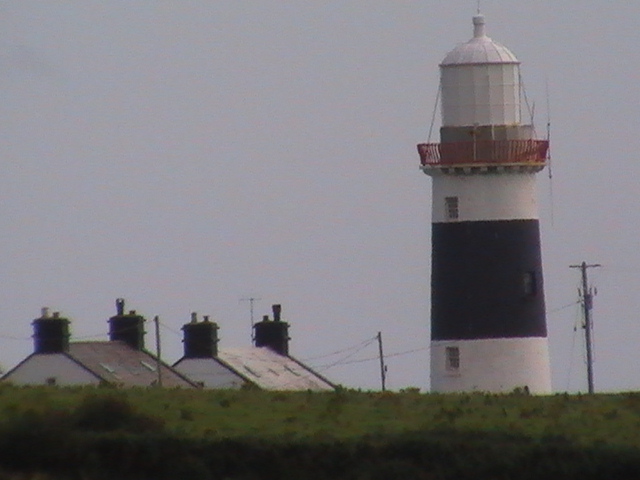On my trek across Arranmore Island (see a previous post), I could see a light blinking, far to the north, past Bloody Foreland. This is the light on Tory Island, although the island itself was not visible. Indeed, for the first fifteen minutes of the 50 minute boat crossing from Magheroarty, the island was still not visible, though it was obvious we were heading for the light. Traveller beware! The boat crossing was one of the stormiest I have experienced, particularly the nearer you get to the island. Worse still, it cost 26 euro. There is a tarmac track from the pier in West Town (approx 30 houses, and much bigger than the 10 houses in East Town) out to the lighthouse. In retrospect it seems amazing that I managed to miss it. The main road towards the west actually changes into a grass track which I soon found, ends in a bog. It was only by picking my way very carefully out of this, at the expense of soaked feet, that I discovered the tarmac track! The distance, despite other ...

















